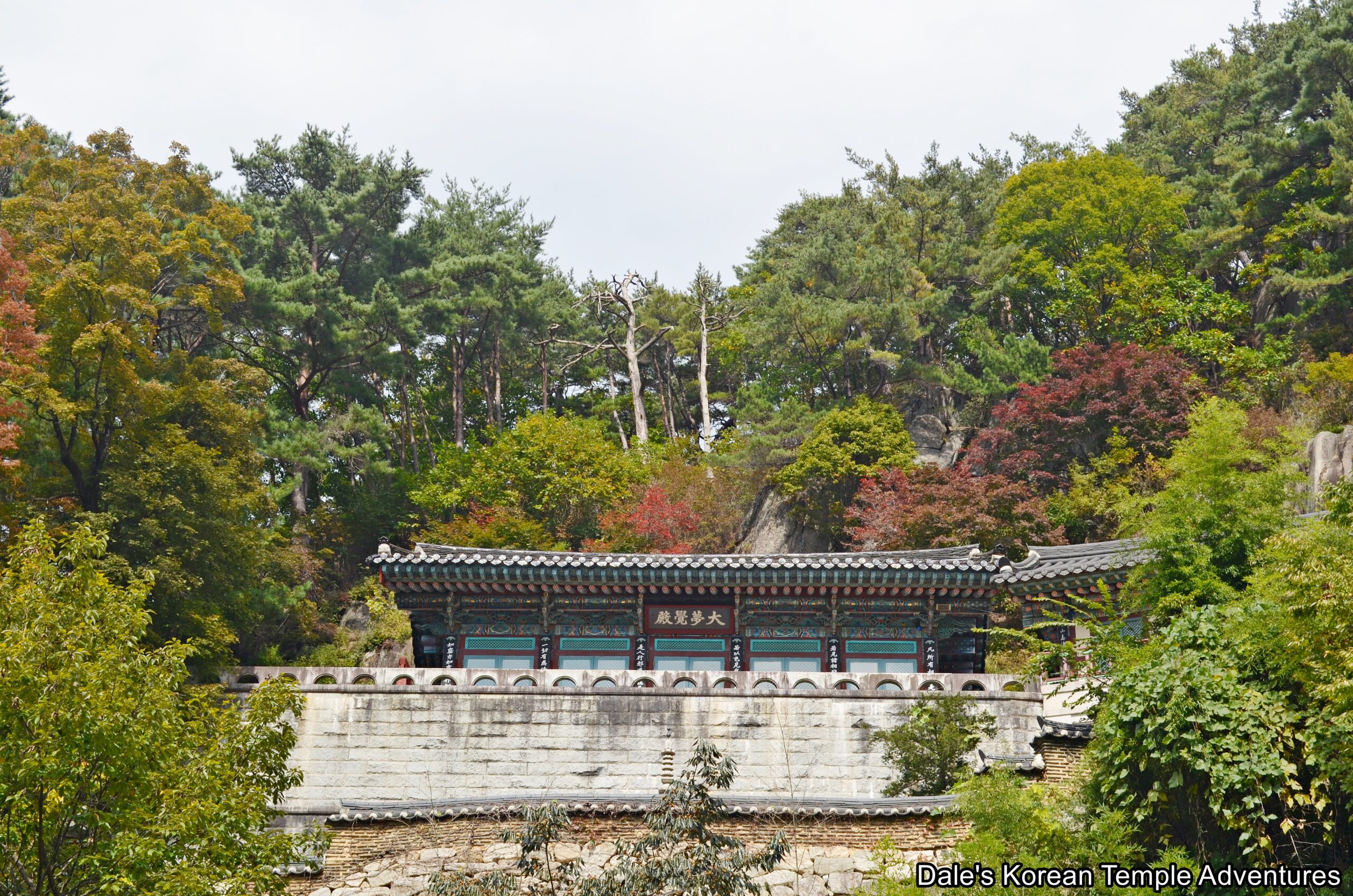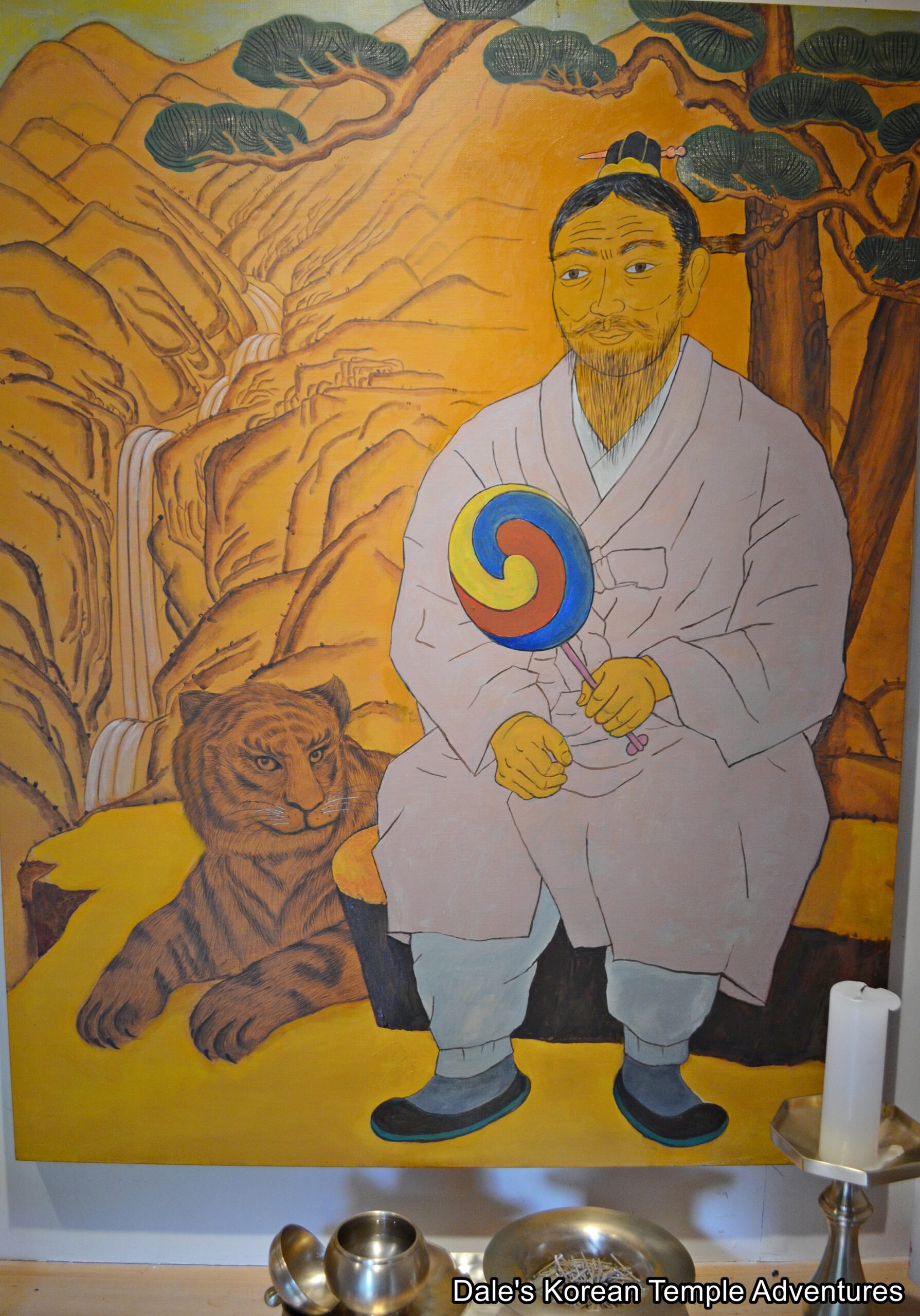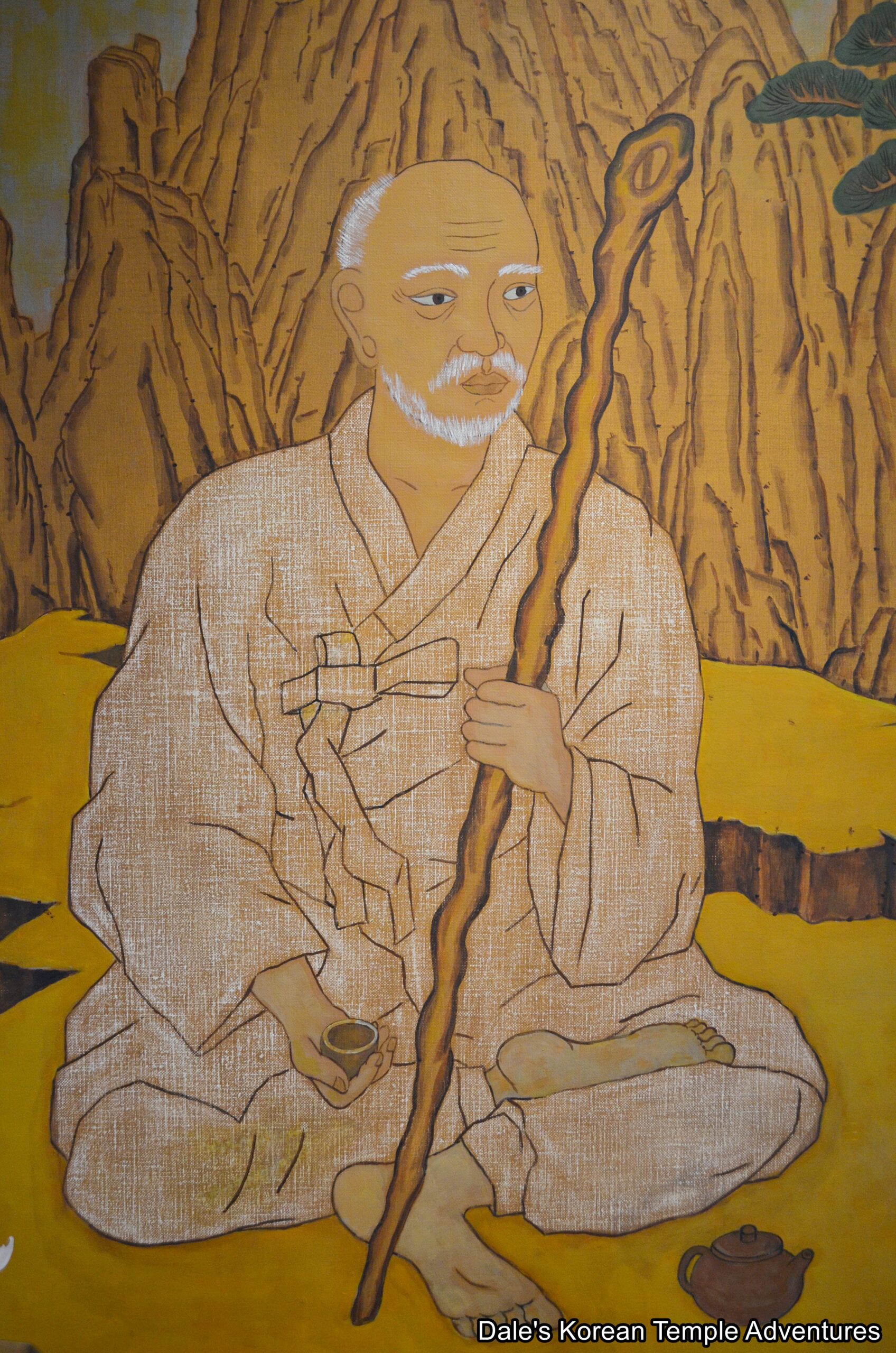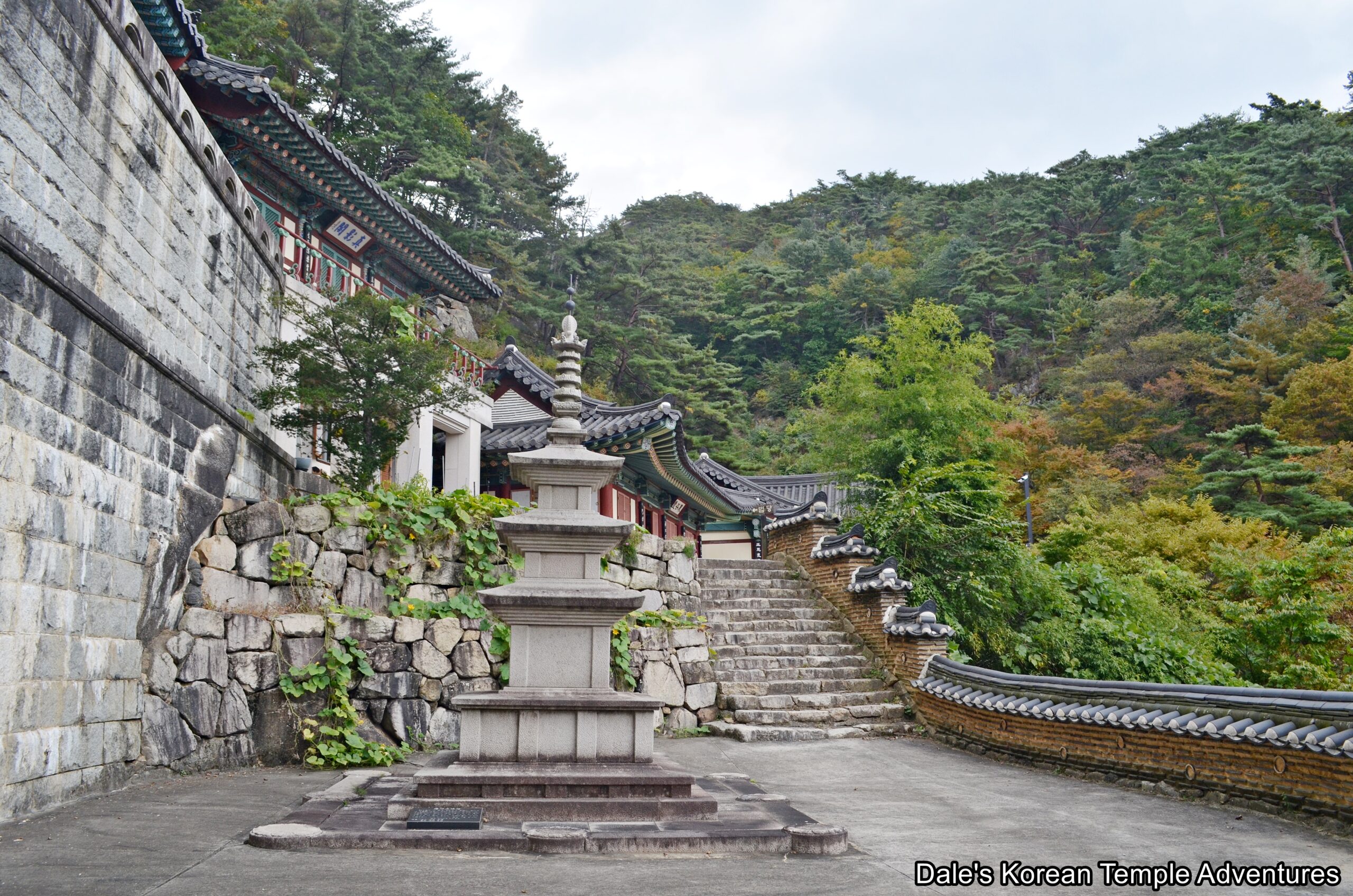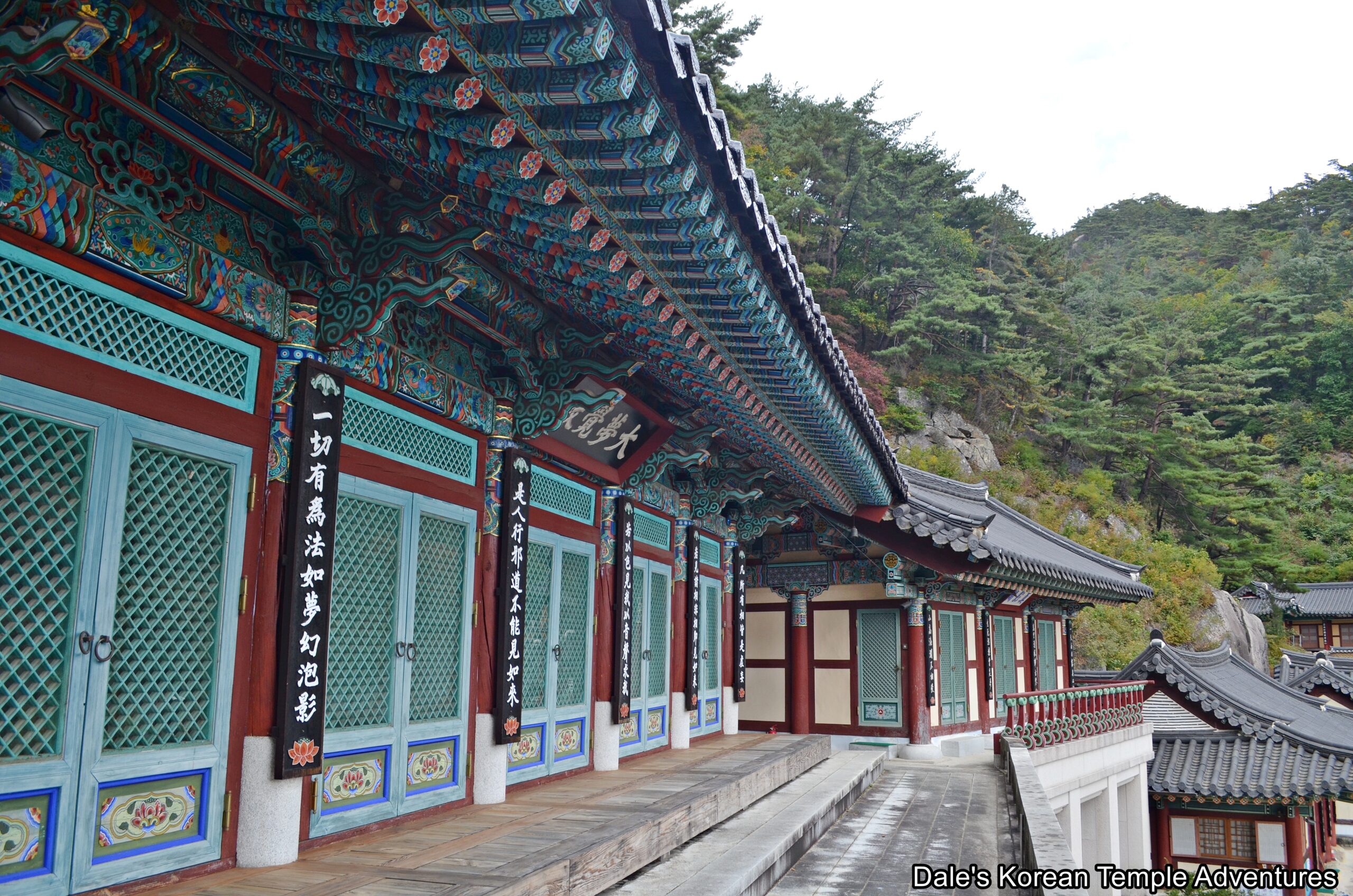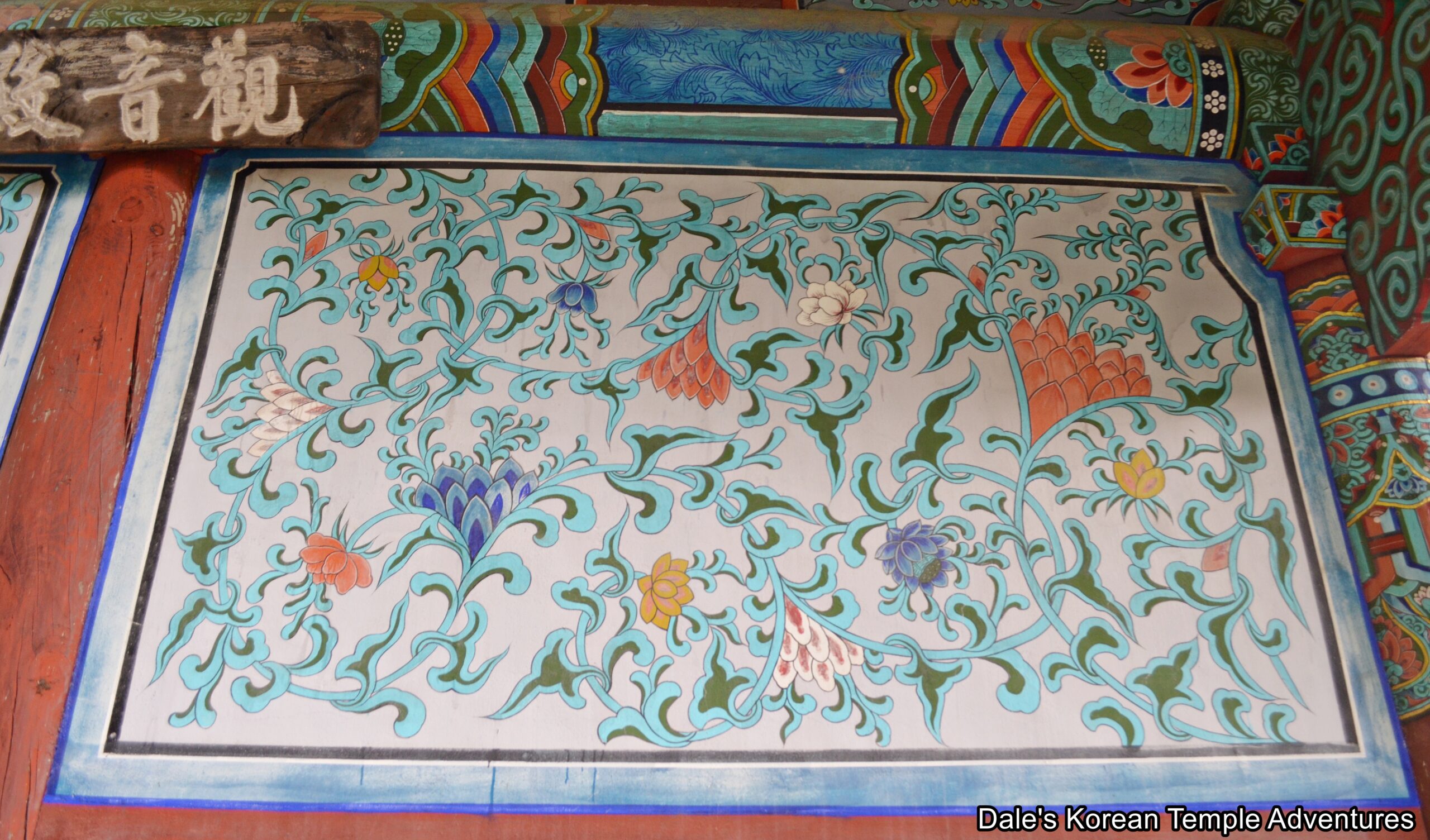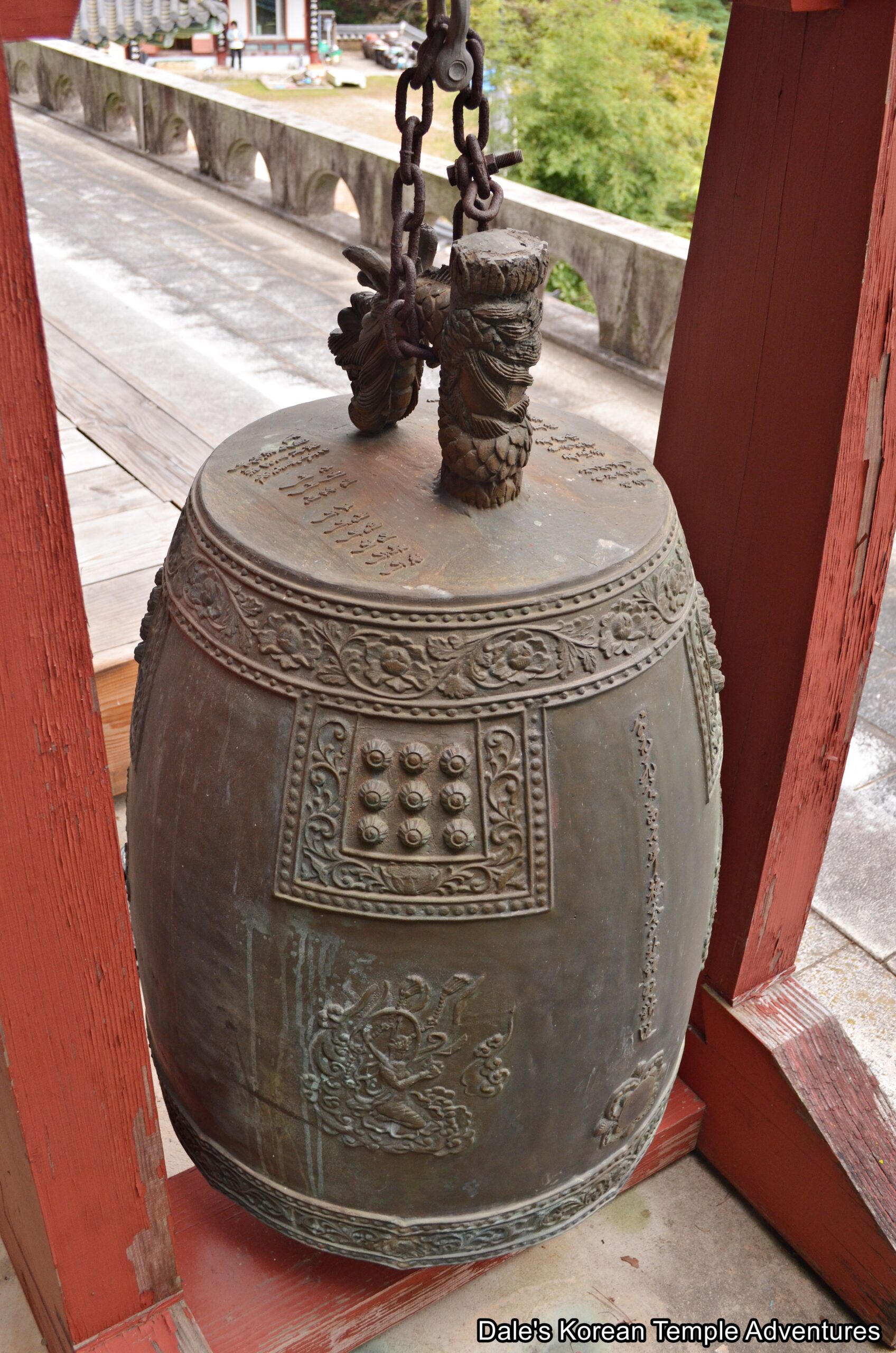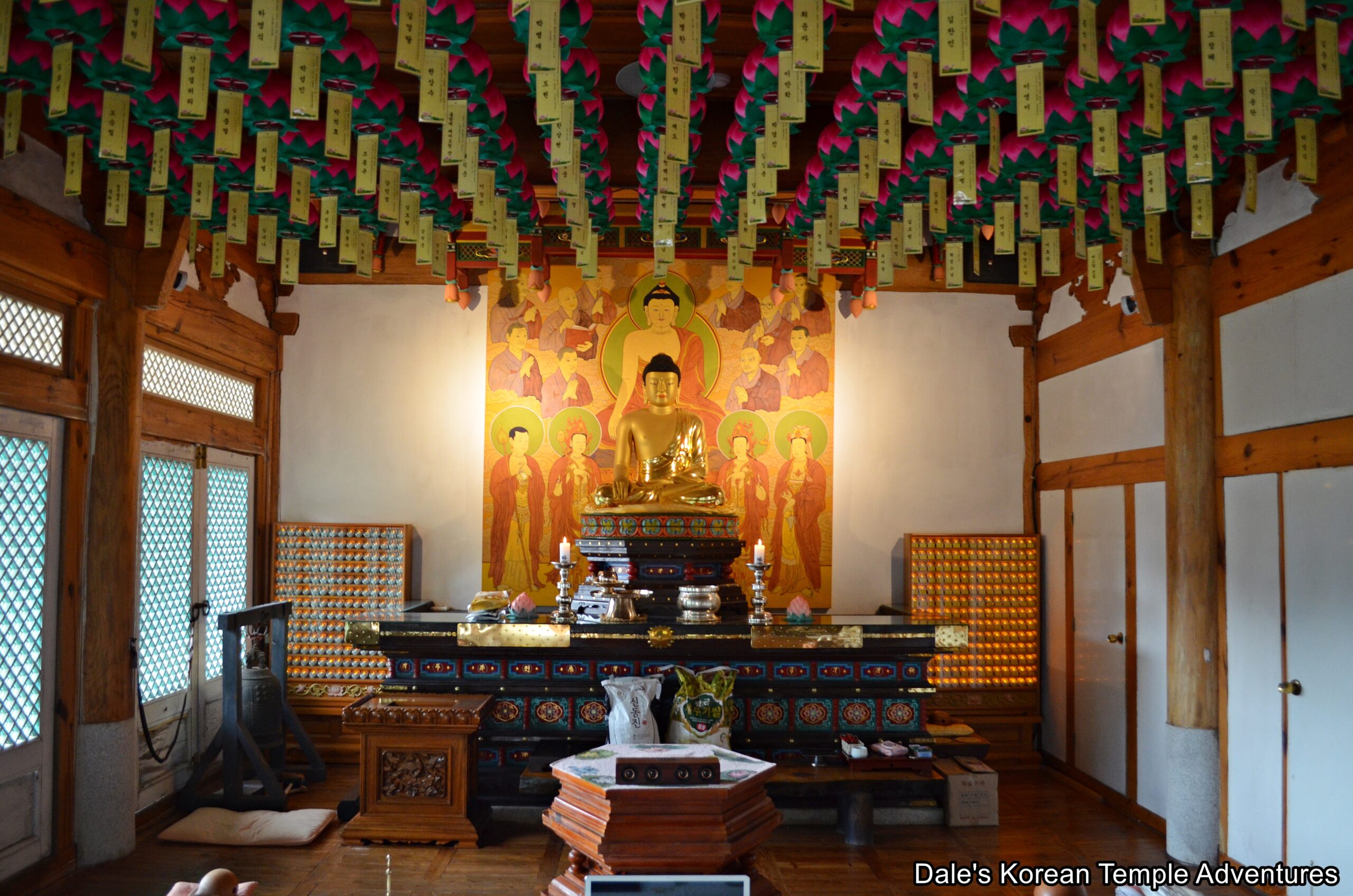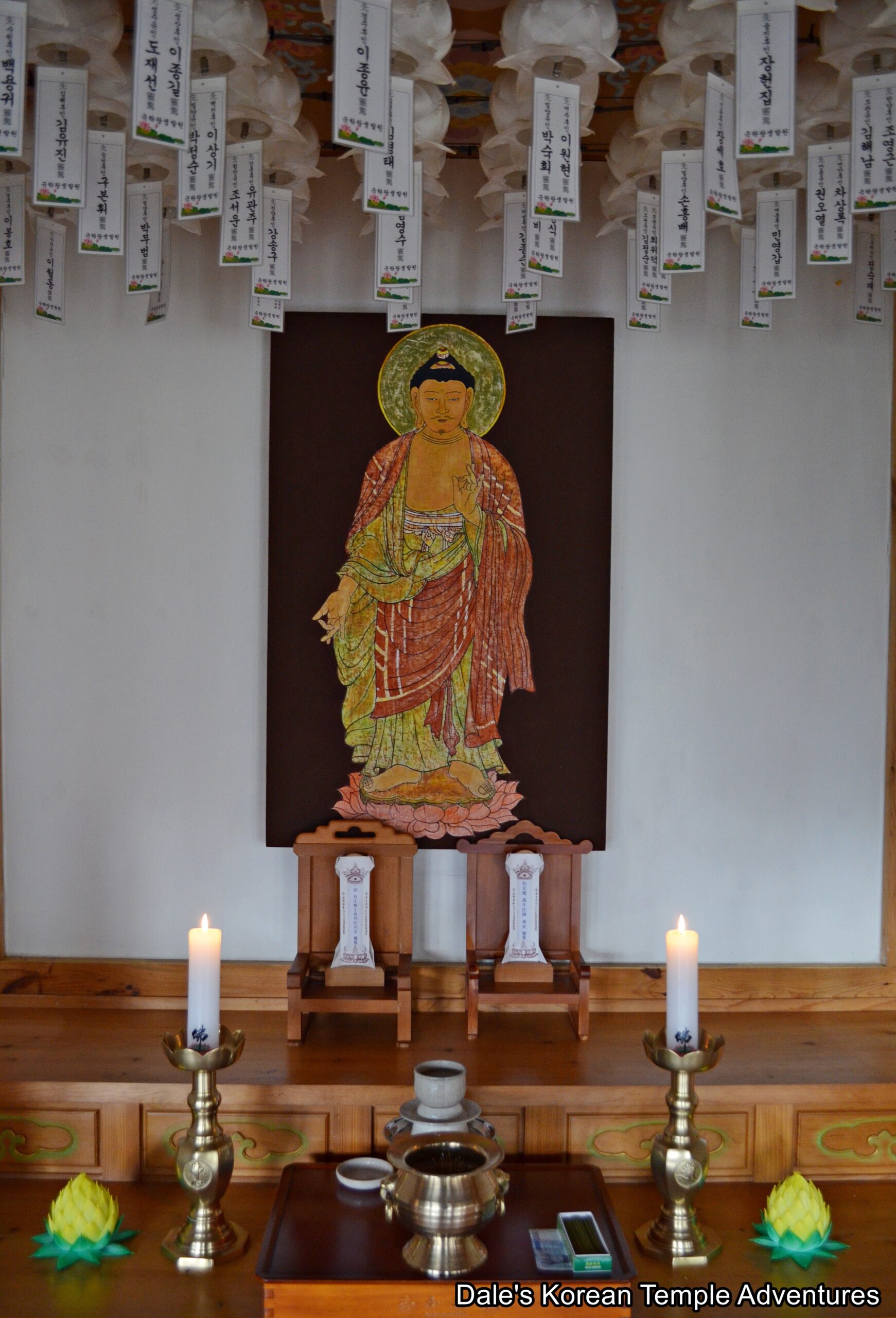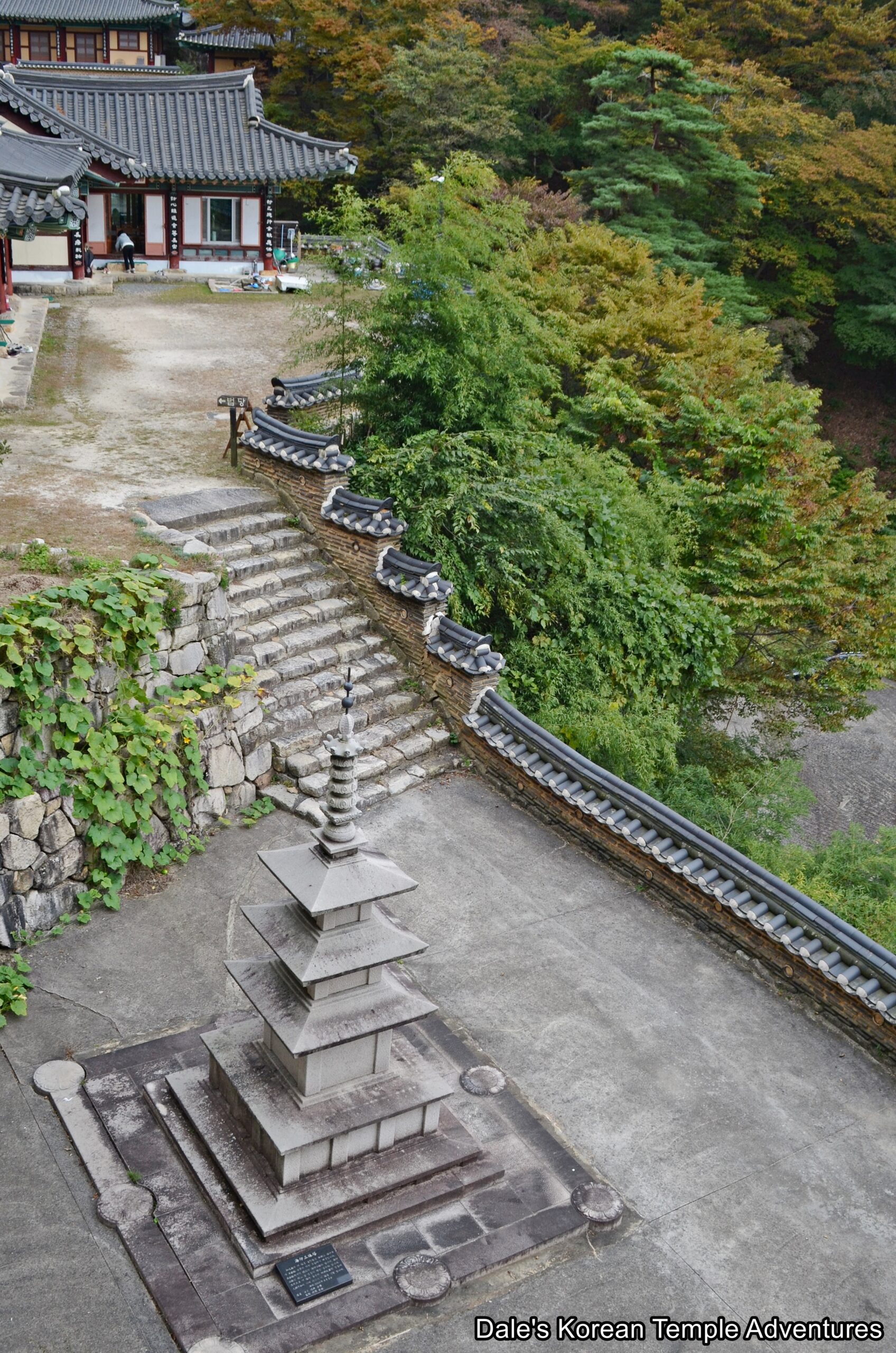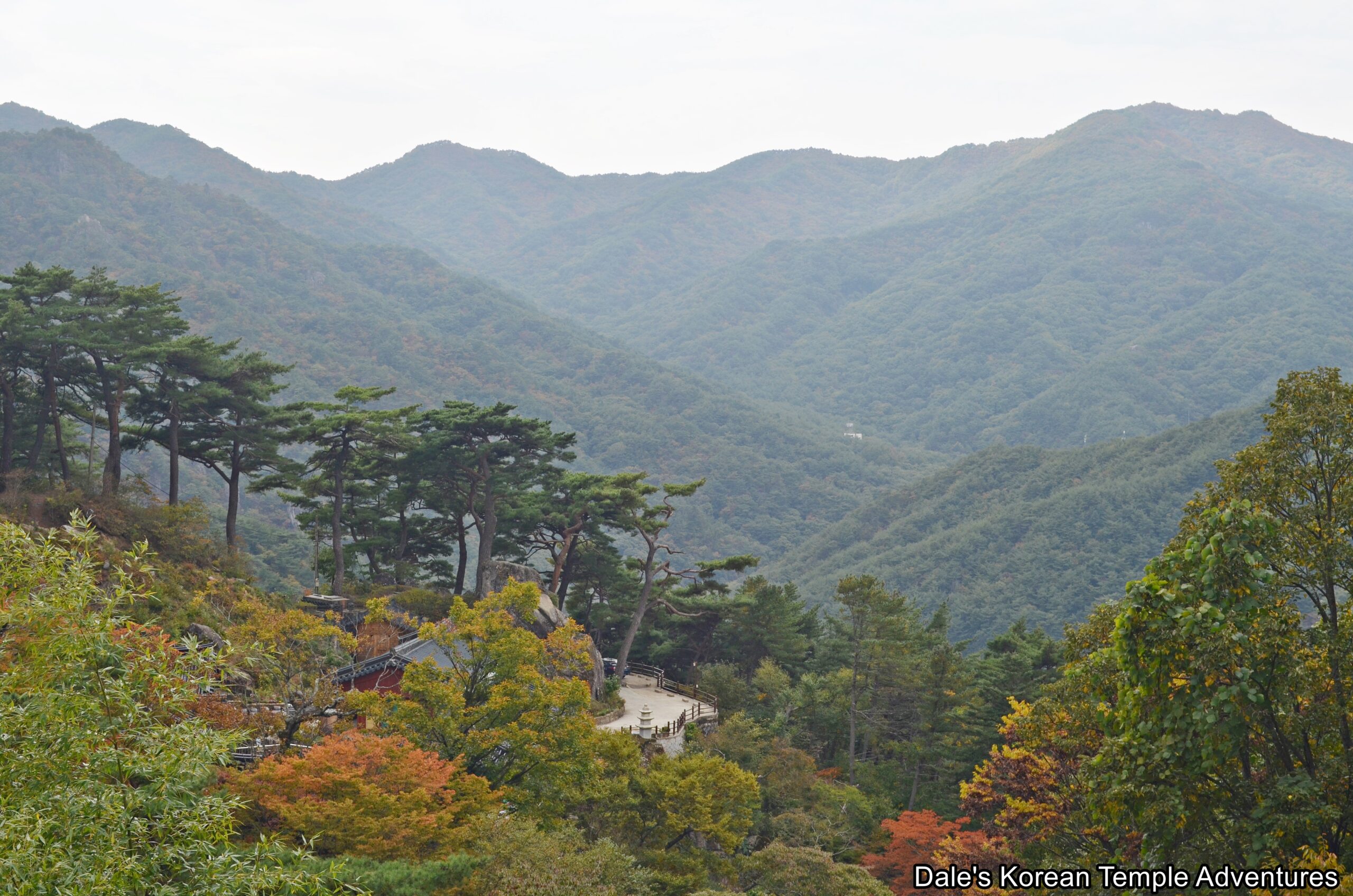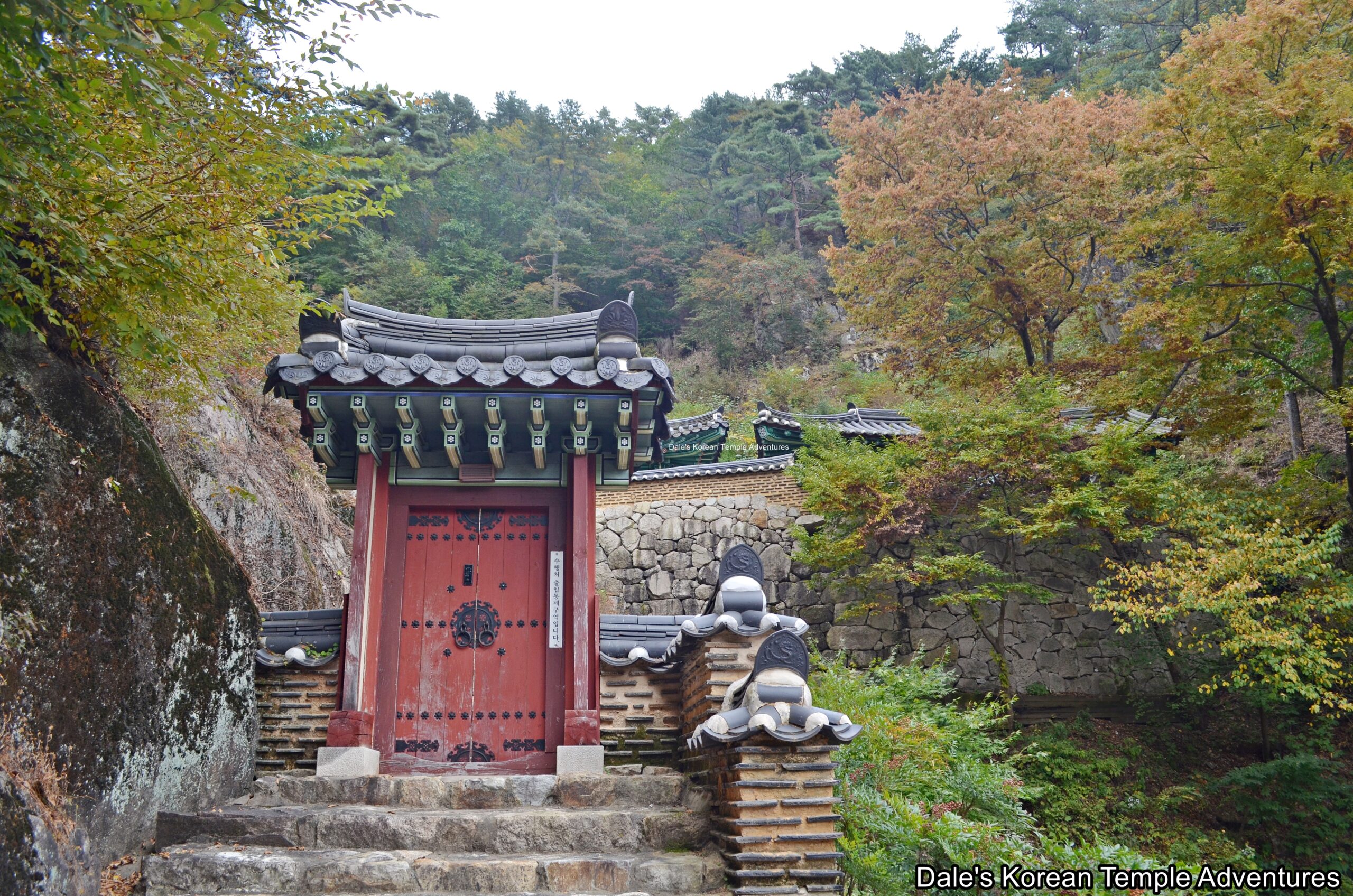Jijokam Hermitage – 지족암 (Hapcheon, Gyeongsangnam-do)
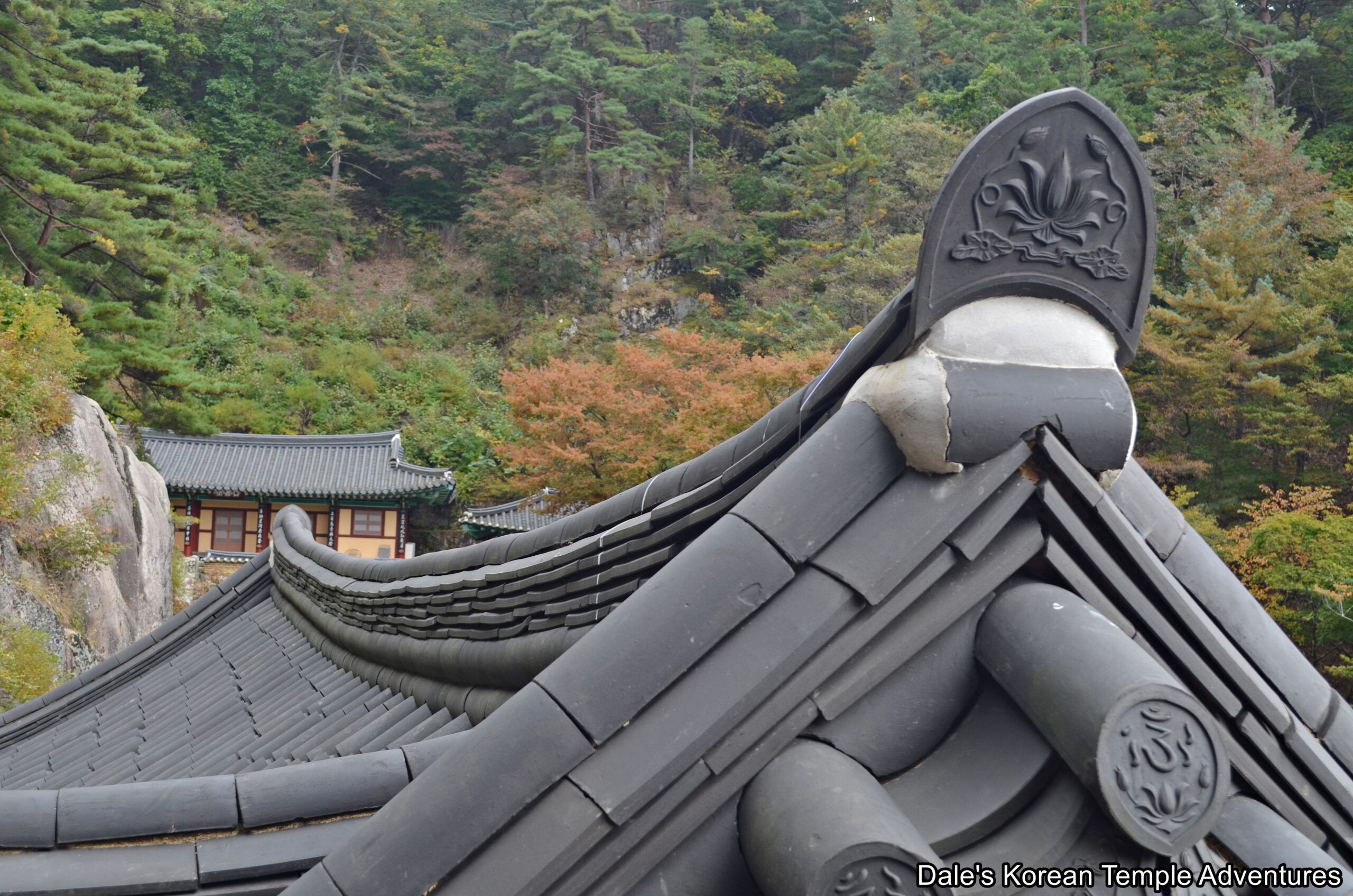
Hermitage History
Jijokam Hermitage is located on the Haeinsa Temple grounds in Hapcheon, Gyeongsangnam-do in Gayasan National Park. Originally, Jijokam Hermitage was first named Dosolam Hermitage. The word “Jijok” is an abbreviation of the Sanskrit transliteration of the word “Tusita,” which is the Pure Land of Mireuk-bul (The Future Buddha). Originally, the hermitage was nothing more than a solitary hut for the monk Huirang-josa, who was a monk that was active during the late Silla Dynasty (57 B.C. – 935 A.D.) and the start of the Goryeo Dynasty (918-1392). Although there are no specific records indicating how the hermitage was maintained throughout the centuries, we do have several pieces of writing by outside sources about the existence of the hermitage like a Confucian scholar’s writing in the “Yugayasannok” from the “Hangangjip.” We also have the war diary of Do Sesun. As a result, it can be assumed that the hermitage was rebuilt before the reconstruction of the hermitage by the monk Gwansu in 1796.
After 1796, various monks have called Jijokam Hermitage home like Chu Dam, who lived at the hermitage until 1850. A few years later, and in 1856, the hermitage was restored by Park Munhwan. In 1893, the hermitage was restored, once more, by the monk Hwanun. Unfortunately, in 1913, severe flooding caused significant damage to the hermitage buildings; so in 1915, the hermitage was repaired, once more. During the 20th century, the hermitage underwent numerous rebuilds and repairs, until 1999, when Seon Master Hyangjeok became the abbot of the hermitage. From 2010 to 2013, several buildings were added including the Sanshin-gak Hall, the Jinnyeong-gak Hall, and the main hall.
Hermitage Layout
You first pass through a narrow gate and up a set of stone stairs to come to the lower courtyard at the hermitage. Straight ahead of you is a modern three-story pagoda. Close by is a smaller sized Sanshin-gak Hall. The location of the shaman shrine hall is rather peculiar because it’s near the entry of the hermitage grounds. But with the hermitage precariously placed on the side of the mountain, it might have been the only place for it at Jijokam Hermitage. The exterior walls are adorned in traditional dancheong colours. Looking inside the Sanshin-gak Hall, you’ll find a pair of paintings. The painting to the right is dedicated to Sanshin (The Mountain Spirit), while the painting to the left is dedicated to Dokseong (The Lonely Saint). Both are quite simplistic in their overall compositions.
Proceeding straight ahead, and up another set of stairs, you’ll find a collection of buildings in this area. They include the monks’ dorms and the hermitage’s kitchen and administrative office. To the left of the monks’ dorms, you’ll find a flight of stairs that lead you up towards the upper courtyard, where you’ll find both the Seokgyeong-dang Hall, as well as the Jinnyeong-gak Hall, which is dedicated to Ven. Ilta. Of the two, the building to the right is the Jinnyeong-gak Hall. Housed inside this atypical shrine hall is a mural of the monk for whom the shrine hall was built. Below the main altar painting is the monks’ memorial tablet. To the right of the main altar are the monks’ sari (crystallized remains), while to the left is the monks’ former walking stick. This shrine hall is more like a museum than it is a shrine hall. It’s reminiscent of the shrine hall at neighbouring Baengryeonam Hermitage dedicated to the monk Seongcheol (1912-1993).
To the left of the Jinnyeong-gak Hall is the Seokgyeong-dang Hall, which is the hermitage’s main hall. Again, this is a rather peculiar name for a main hall at any temple or hermitage throughout Korea. Also unusual for a shrine hall, instead of having the main altar located in the centre of the building, the main altar is located to the far left and facing eastward. The main altar consists of a solitary statue of Seokgamoni-bul (The Historical Buddha). Joining this statue inside the main altar is a mural dedicated to Amita-bul (The Buddha of the Western Paradise) on one of the interior walls. As for the exterior, the main hall is adorned in some unusual floral patterns, as well as a diminutive bronze bell just outside the entry to the main hall. The bell is beautifully crowned by an image of Poroe (The Dragon that Adorns the Top of the Temple Bell).
How To Get There
To get to Jijokam Hermitage, you’ll first need to get to Haeinsa Temple. And to get to Haeinsa Temple, you’ll first need to get to the Seobu Bus Terminal in Daegu. From here, you can catch an express bus to Haeinsa Temple. This express bus departs every 40 minutes, and the bus ride lasts about an hour and a half. After arriving at Haeinsa Temple, you’ll need to head south from the Iljumun Gate. You’ll pass by a collection of biseok (stele) and budo (stupa). There is a mountain road with a large rock and sign markers that point you towards the four hermitages in this area of the Haeinsa Temple grounds. You’ll first pass Gukilam Hermitage along the way, until you eventually come to a road to your left. This is the road that leads up to Jijokam Hermitage. In total, the walk from Haeinsa Temple to Jijokam Hermitage takes about 25 minutes, or 1.1 km, up a mountainside road.
Overall Rating: 3.5/10
Jijokam Hermitage is beautifully located in the foothills of the towering Mt. Gayasan (1,432.6 m). As for the hermitage itself, there are only a couple highlights. The first are the views out towards the neighbouring Huirangdae Hermitage. The paintings inside the Sanshin-gak Hall are rather odd as is the Jinnyeong-gak Hall. To the rear of the hermitage grounds looks to be a structure for the abbot of Jijokam Hermitage; unfortunately, this is off-limits to the general public.
